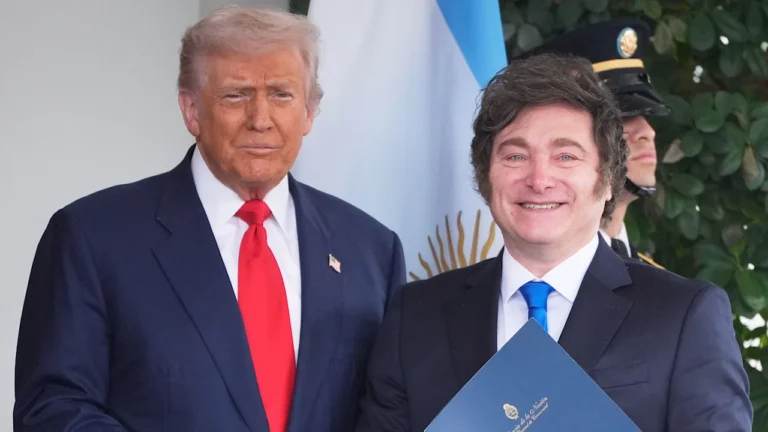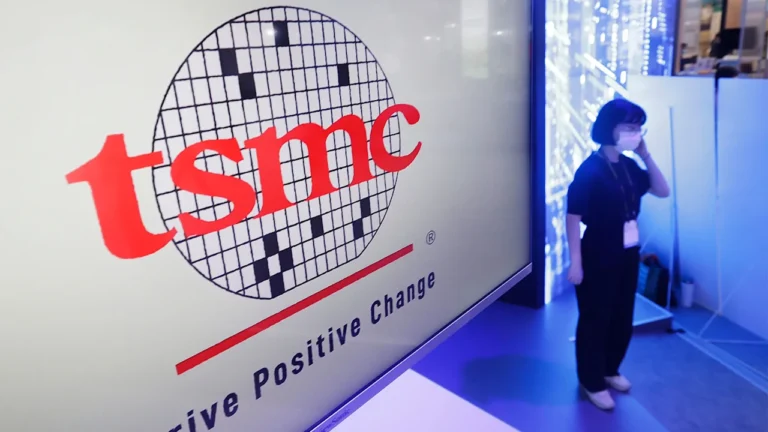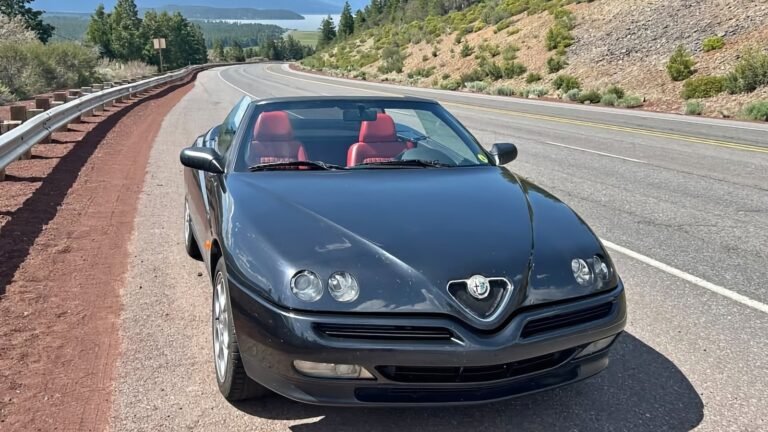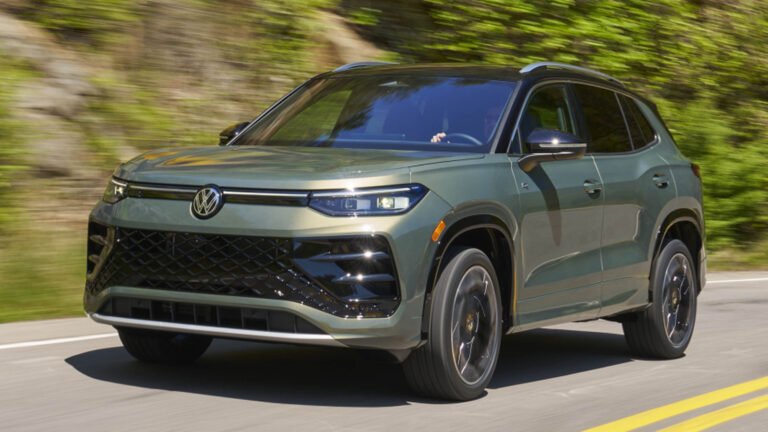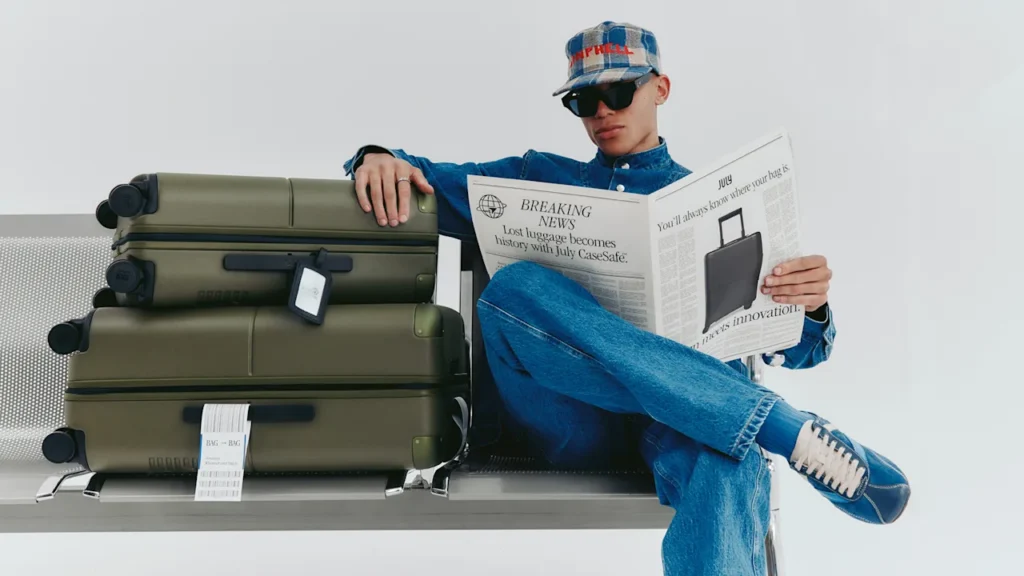
When Apple’s AirTag came out four years ago, one of the most obvious uses for it was for luggage.
On my long trips to Asia, I always breathe a sign of relief when I glance at my phone and find that my checked suitcase has been loaded onto the aircraft. And I often wish I had one in my carry-on suitcase, especially when the overhead bins run out of space and the flight attendant checks my bag at the gate.
July, a fast-growing Australian startup, has become the first luggage brand to incorporate AirTags directly into its suitcases. The technology was made in partnership with Apple and Google, so the tags are integrated with both Apple’s Find My and Google’s Find Hub networks.
On October 14, July unveils this new feature, which will eventually be incorporated into its full line of carry-ons and suitcases. Cofounder Athan Didaskalou believes trackers will soon become standard in all suitcases, but it is still important to him for July to be first to market with this technology. “We have a team of industrial designers on hand, and we like making things,” Didaskalou says. “The only way to stand out today is by continuing to innovate.”
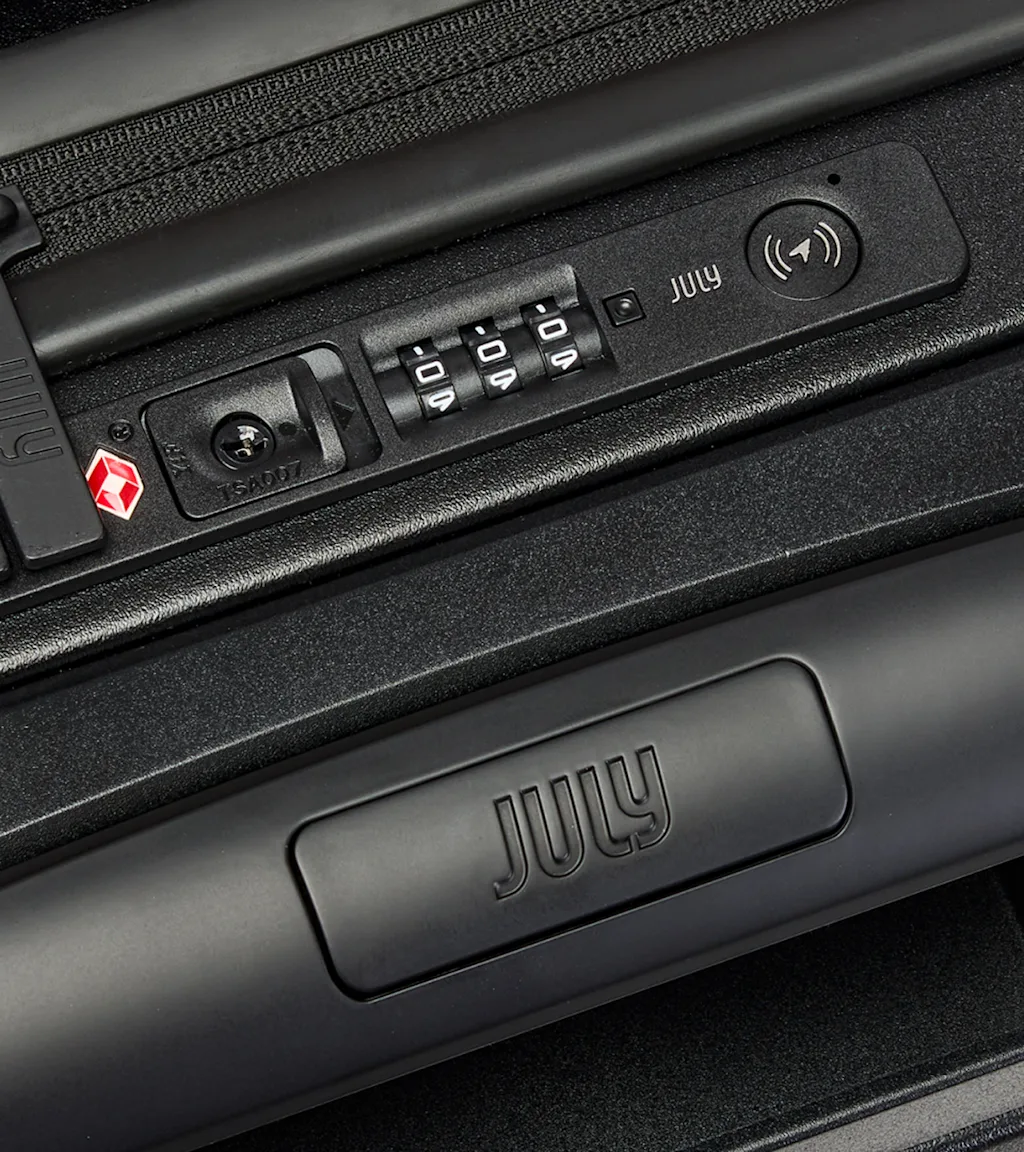
The Ubiquitous Roller Suitcase
Step into an airport today, and you’ll see virtually every traveler pushing wheeled luggage. Didaskalou points out that each element in the now-ubiquitous roller suitcase was the result of a breakthrough in design. In 1987, an airline pilot developed the concept of a wheeled suitcase with a telescoping handle—a vast improvement over having to carry your suitcase like a briefcase. By the 1990s, most suitcase brands had shifted to this design.
In recent decades there have been incremental improvements. After September 11, 2005, the Transportation Security Administration imposed a new regulation that all luggage locks had to have a keyhole that agents could access. Soon after, it became standard for all suitcases to have TSA locks. And a decade ago, brands began incorporating phone chargers into their suitcases so travelers could charge their phones on the go. (The TSA now forbids phone chargers in checked luggage, so chargers in suitcases must be removable.)
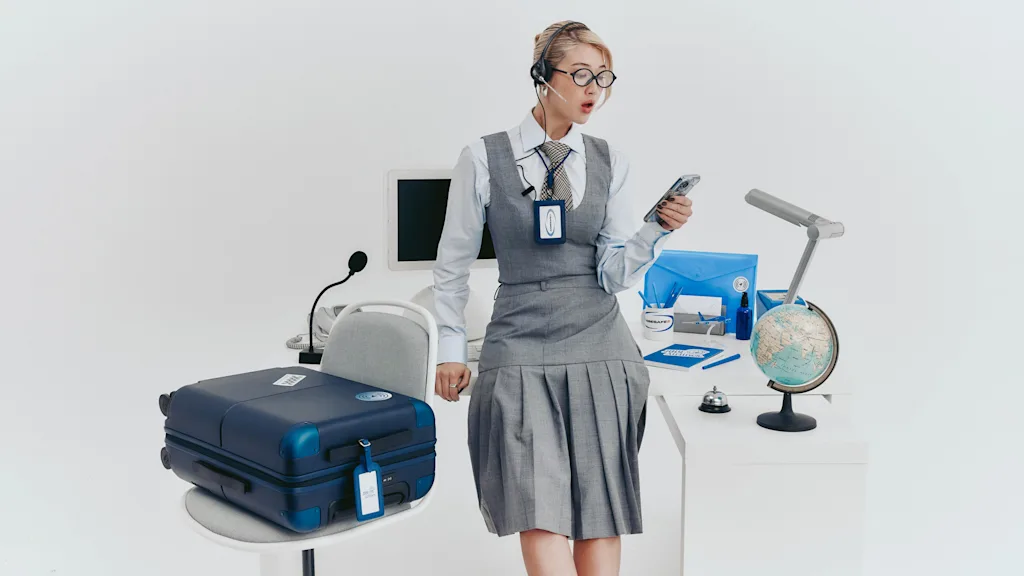
The global luggage market is enormous: It was $38.8 billion in 2023, according to Grand View Research, and it’s projected to grow to $61.49 billion by 2030. Given that most suitcases today have the same set of standard features, brands often end up competing with each other based on aesthetics.
Samsonite dominates the industry, owning a fifth of the market with its many brands, which include American Tourister and Tumi. Samsonite generated $3.68 billion in 2023. But there are many other players.
At the high end, there’s Rimowa, known for making durable suitcases with distinct grooves. Over the past decade, a wave of startups has popped up with sleeker and more colorful designs at an affordable price point of $200 to $300 for a carry-on. Direct-to-consumer startups like Away, Monos, Béis, and Floyd all create trendy cases that target the millennial and Gen Z traveler.
But it’s a crowded, competitive market, and some brands have struggled. Paravel, for instance, tried to create an eco-friendly suitcase, but it filed for bankruptcy in May of this year, and was acquired by the British suitcase brand Antler. Another luggage brand, Baboon to the Moon, was struggling to grow its revenue and was acquired by turnaround firm the Hedgehog Co. in 2023.
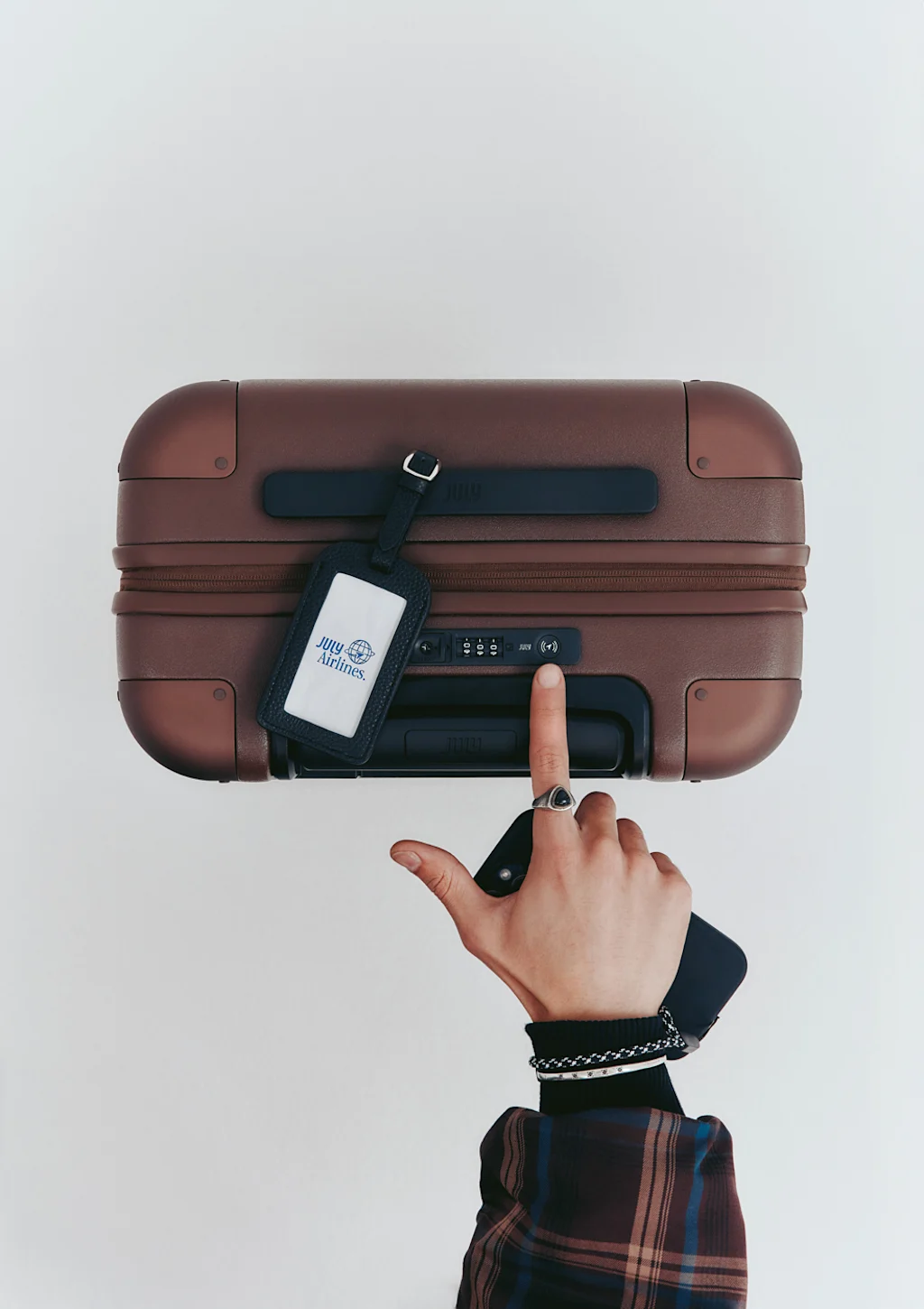
Improving the Design of a Suitcase
July was founded in Australia in 2019. Its sleek, colorful suitcases have become very popular in Australia and across the Asia Pacific region, which North American brands like Away and Monos have been slower to enter. Didaskalou wants July to stand out from competitors by rethinking the design of its suitcases in a more fundamental way.
Over the past few years, the brand has been playing with the configuration of suitcases. It was among the first brands to launch the trunk format, where the suitcase doesn’t open in the middle, but rather toward the top. “Some people want depth when they’re packing,” he says. “It can be awkward to open your luggage in the middle and try to balance it on the luggage stand at your hotel.”
When Apple and Google opened up the API for the AirTag, it occurred to Didaskalou that luggage tracking was the next frontier of suitcases. Many consumers were already putting AirTags in their suitcases, but it was not a seamless solution. “They might need to move the AirTag from one suitcase to another, or take it out to use it for something else,” he says. “Or they might forget to use it altogether. It’s just another thing to worry about when you’ve already got a lot on your mind.”
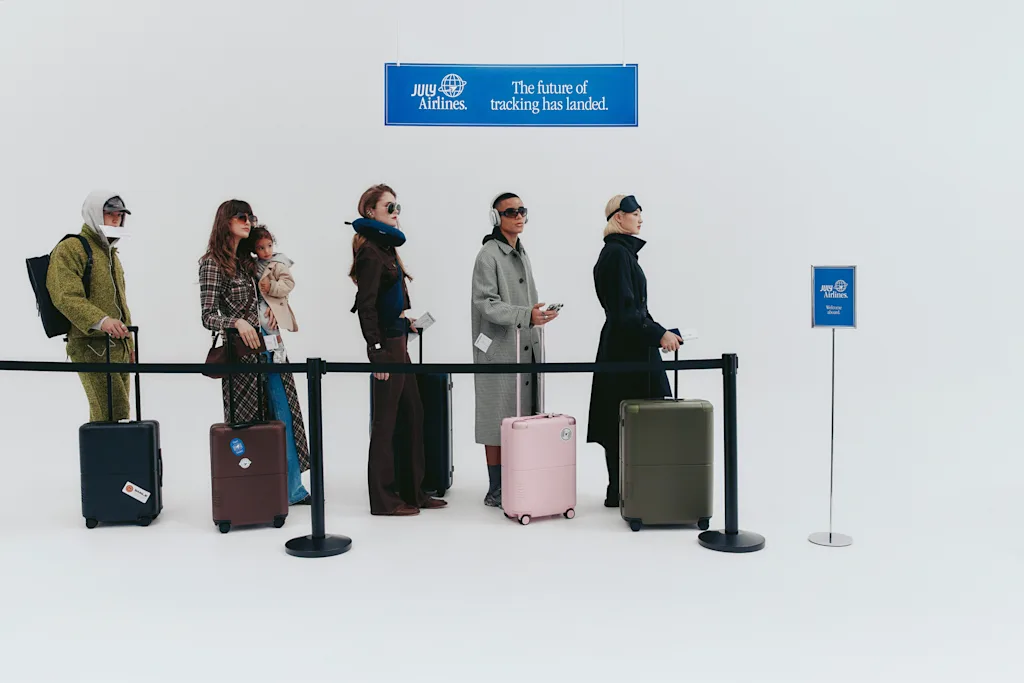
July’s designers spent months trying to figure out how to incorporate AirTags seamlessly into suitcases. They ended up putting them into the strip of plastic at the top of the suitcase, right next to the TSA lock. When you first get the suitcase, you pull on the plastic tab that separates the battery from the AirTag to activate it. Then you press a button on the strip to activate it, to see your luggage in your Apple Find My or Google Find Hub app on your smartphone.
Didaskalou says that while the experience is simple for consumers, it was complex to design. It was important to make the underside of the AirTag accessible to change its battery. However, the AirTag is on the same strip as the TSA lock. “We needed to have access to the AirTag but not expose the TSA lock,” he says. “We also needed everything to be very tightly secured, because things bounce and move when you travel.”
July has patented some aspects of this AirTag component, but Didaskalou believes many other luggage brands will soon realize that consumers now expect to be able to easily track their luggage. So they will soon begin incorporating AirTags or other trackers directly into their suitcases. But he believes they will only become widespread in the next year or so.
And ultimately, Didaskalou believes that it’s the larger luggage makers that are more likely to update their suitcases first. In many ways, he’s looking to compete with Samsonite, an innovator with roughly 20% of the market share. “Samsonite has always been first to come up with new materials and manufacturing processes,” Didaskalou says. “We’re proud because this is the first time we’ve beat them.”
